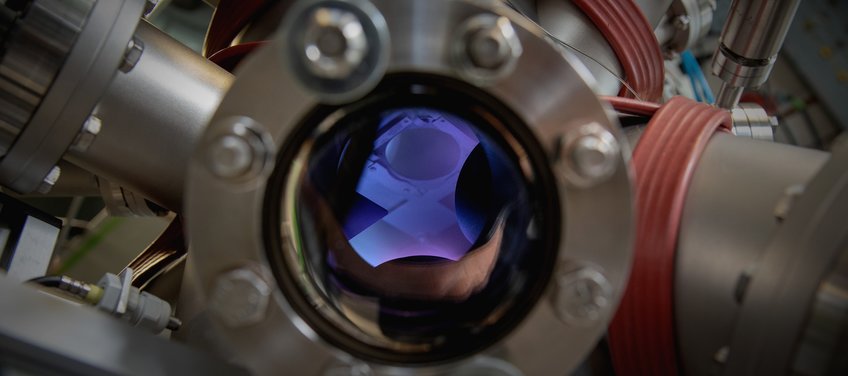Low dimensional electronic systems, featuring charge density waves and collective excitations, are highly interesting from a fundamental point of view. These systems support novel types of interfaces, such as phase boundaries between metals and charge density waves.


